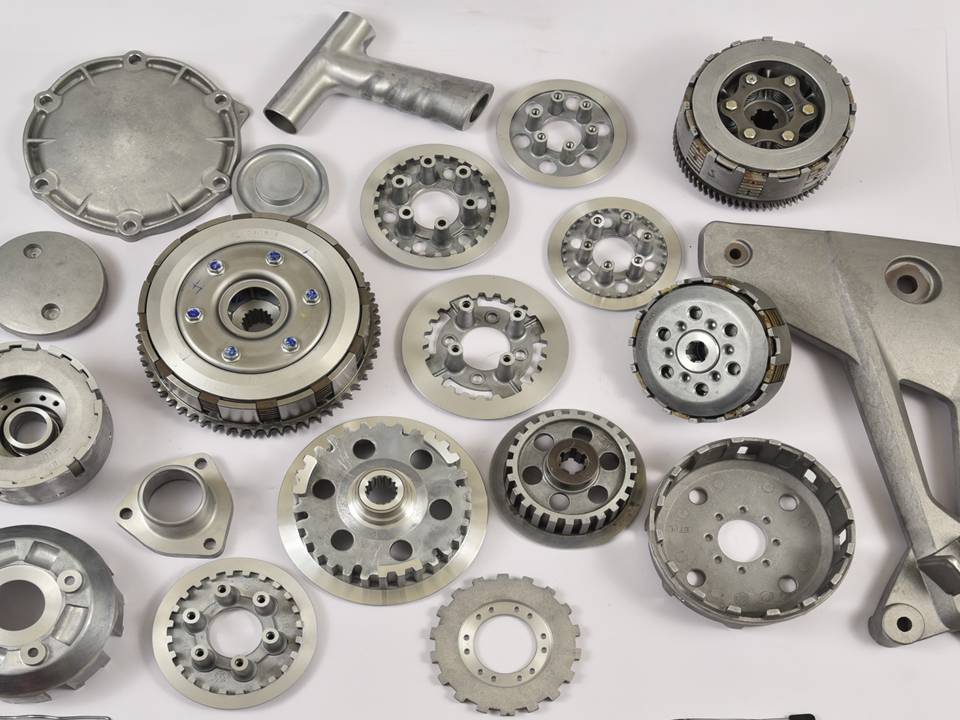Diecasting has become a cornerstone of Malaysia’s industrial sector, playing a crucial role in the country’s economic development and manufacturing capabilities. This sophisticated process, which involves injecting molten metal into a mold to create intricate parts, is essential for producing high-precision components used across various industries. Malaysia’s diecasting industry has grown significantly over the past few decades, driven by advancements in technology, a skilled workforce, and strategic government initiatives. The industry’s evolution reflects Malaysia’s broader industrial transformation, positioning the country as a key player in the global manufacturing landscape.
The roots of diecasting in Malaysia can be traced back to the mid-20th century, a period marked by rapid industrialization and economic expansion. Initially, diecasting was employed primarily for producing basic metal parts for local consumption. However, as Malaysia’s economy diversified and industrialized, the demand for more complex and high-precision diecast components surged. This shift was largely driven by the automotive and electronics sectors, which require reliable and high-quality parts for their products. Recognizing the potential of diecasting to fuel industrial growth, the Malaysian government implemented policies to support the industry’s development, including investments in infrastructure and technology.
Technological advancements have been pivotal in propelling the growth of Malaysia’s diecasting industry. The adoption of computer-aided design (CAD) and computer-aided manufacturing (CAM) technologies has revolutionized the production process, enabling greater precision and efficiency. Modern diecasting techniques, such as vacuum diecasting and squeeze casting, have improved the quality and durability of diecast parts, making them suitable for a broader range of applications. Furthermore, innovations in materials science have led to the development of new alloys with enhanced properties, expanding the potential uses of diecast components. These technological strides have positioned Malaysian diecasters to meet the stringent quality standards of international markets.
The automotive industry stands out as a major beneficiary of Malaysia’s diecasting capabilities. Diecast components are integral to the production of various automotive parts, including engine blocks, transmission cases, and structural components. The precision, durability, and lightweight properties of diecast parts make them ideal for automotive applications, where performance and reliability are paramount. Malaysia’s strategic location, coupled with its robust infrastructure, has attracted numerous global automotive manufacturers, further boosting the demand for diecast components. As a result, Malaysia has emerged as a significant player in the global automotive supply chain, leveraging its diecasting expertise to support the industry’s growth.

Beyond the automotive sector, the electronics industry also heavily relies on diecaster malaysia. This process is used to produce intricate and precise parts for electronic devices, such as housings, connectors, and heat sinks. The burgeoning consumer electronics market, driven by the rising demand for smartphones, laptops, and other gadgets, has created substantial opportunities for Malaysian diecasters. By maintaining high-quality standards and leveraging advanced manufacturing techniques, Malaysia has established itself as a reliable supplier of diecast components for the global electronics industry. This success underscores Malaysia’s ability to adapt to market trends and meet the evolving needs of high-tech industries.
Looking to the future, the prospects for Malaysia’s diecasting industry appear bright. The ongoing shift towards lightweight and fuel-efficient vehicles is expected to drive demand for diecast aluminum components in the automotive sector. Similarly, the rapid expansion of the electronics industry will continue to create new opportunities for diecasters. To capitalize on these trends, Malaysian diecasters must continue to invest in innovation and technology, focusing on enhancing efficiency and sustainability. Government support for research and development, coupled with a conducive business environment, will be crucial in sustaining the industry’s growth. By embracing these opportunities, Malaysia can solidify its position as a leader in the global diecasting market.
In conclusion, diecasting has become an integral part of Malaysia’s manufacturing sector, underpinning the growth of key industries such as automotive and electronics. The evolution of the diecasting industry, driven by technological advancements and strategic initiatives, has enabled Malaysia to compete on a global scale. As the demand for high-quality diecast components continues to rise, the future of diecasting in Malaysia looks promising. By investing in innovation and maintaining high standards, Malaysian diecasters can seize new opportunities and contribute to the country’s economic development. The journey of diecasting in Malaysia is a testament to the nation’s commitment to industrial excellence and technological progress.
